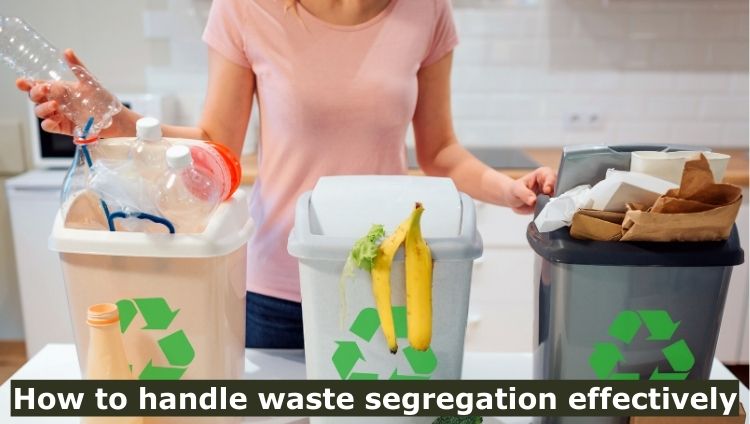In our journey towards a greener and healthier future, how to handle waste segregation effectively is super important!
As we produce more and more waste, it’s crucial to sort and separate it properly right from the start. This way, we can recycle more and send less to landfills, which helps us save valuable resources.
In this beginner’s guide, we’ll learn why waste segregation matters and how it positively affects our environment.
By understanding the simple principles and best practices, each of us can make a big difference in creating a cleaner and happier planet for everyone, including future generations. Let’s get started!
What is Segregate Waste?
Waste segregation involves sorting various types of waste materials at their origin, making recycling and disposal more effective and streamlined. Find out more about how waste
management affects the economy.
It involves categorizing waste into distinct groups based on their composition and properties. The main categories are:
Biodegradable Waste
Non-Biodegradable Waste
In contrast, non-biodegradable waste is not easily decomposed by natural processes.
This category includes materials like plastics, glass, metals, and specific chemicals. By separating non-biodegradable waste, we facilitate efficient recycling and reduce its detrimental effects on the environment. Discover how to reduce plastic waste.
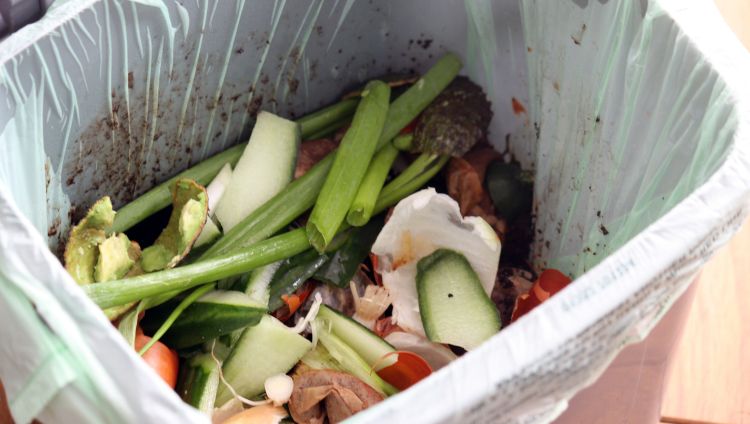
Hazardous Waste
Hazardous waste comprises materials that are dangerous to human health and the environment.
Items like batteries, electronic waste (e-waste), and certain chemicals require special handling and disposal methods.
Proper segregation of hazardous waste prevents its mixing with regular waste, preventing potential disasters.
Learn how to dispose of hazardous waste safely.
Why is Waste Segregation important?
Waste segregation is essential for several compelling reasons:
Environmental Conservation
Proper waste segregation helps in reducing the amount of waste that ends up in landfills or incinerators.
This, in turn, minimizes pollution and environmental degradation, preserving natural resources and ecosystems.
Related Post: How Waste Management Affects the Environment?
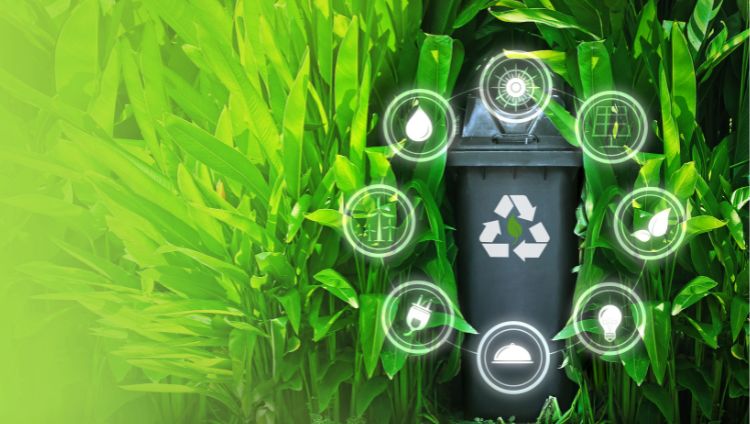
Resource Conservation
By separating waste, we can identify and isolate recyclable materials.
Recycling helps conserve valuable resources like paper, metals, plastics, and glass, reducing the need for extracting new raw materials.
Energy Savings
Recycling takes less energy than making new products from scratch.
When we sort our waste, we not only save energy but also reduce greenhouse gas emissions, which is essential in the fight against climate change.
Learn how waste management contributes to climate change.
Health and Safty
Proper waste segregation prevents the mixing of hazardous materials with general waste, reducing the risk of contamination and potential health hazards for waste workers and the community.
Read about how waste management controls disease spread.

Cost-Effectiveness
Efficient waste segregation lowers waste management costs for municipalities and businesses. Recycling and reusing materials can create economic opportunities and generate revenue streams.
Sustainable Development
Waste segregation aligns with the principles of sustainable development, where responsible consumption and waste management promote a harmonious balance between social, economic, and environmental factors.
Waste Reduction
Segregation encourages individuals and communities to be mindful of their consumption habits and waste generation. Reducing waste at the source helps address the challenges posed by increasing waste volumes.
How to segregate waste at home?
Segregating waste at home is an easy and effective way to contribute to a cleaner environment. Let me share some straightforward methods to achieve this:
Use Separate Bins
Place different bins or containers in your kitchen or designated area to collect different types of waste. Label them for easy identification, such as “Recyclables,” “Organic Waste,” and “Non-Recyclables.”
Recyclables
In the “Recyclables” bin, put items like paper, cardboard, glass bottles, plastic containers, and metal cans. Ensure these items are clean and dry before tossing them in the bin.
Related Post: What does Waste Management do with Recycling?
Organic Waste
The “Organic Waste” bin is for food scraps, fruit peels, vegetable trimmings, and coffee grounds. You can compost this waste to create nutrient-rich soil for your garden.
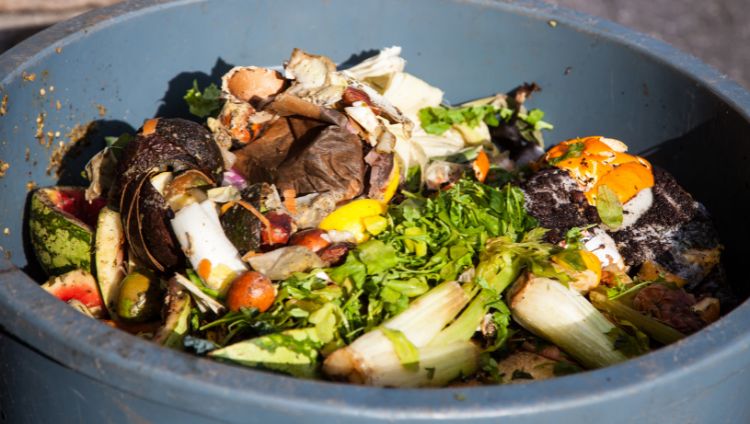
Non-Recyclables
The “Non-Recyclables” bin is for items that cannot be recycled, like soiled paper, dirty food wrappers, and certain types of plastic packaging.
Reduce and Reuse
Before discarding any item, take a moment to think if it can be reused or given a new purpose. By reducing waste in the first place, you can make a significant impact on waste management.
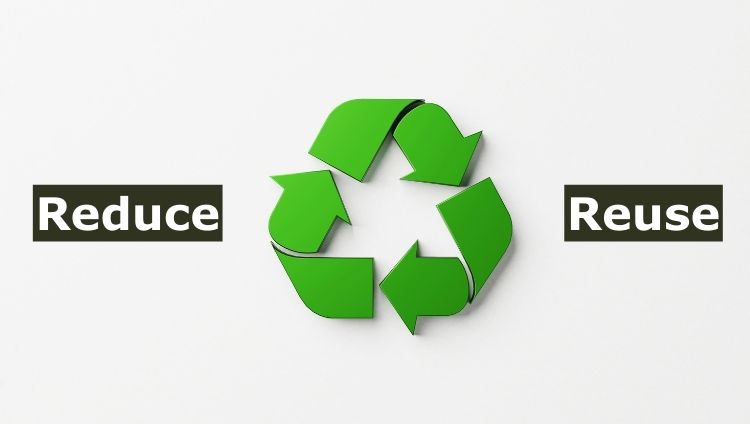
Educate and Involve
Educate your family members or roommates about waste segregation and motivate them to actively participate. Increased involvement yields improved results.
Regular Disposal
Regularly empty the bins, particularly those containing organic waste, to prevent unpleasant odors and pest infestations.
Stay Updated
Be sure to stay informed about the local recycling and waste management guidelines to ensure you’re following the correct procedures.
By properly sorting your trash at home, you’re making a significant contribution to reducing your environmental footprint and creating a positive impact.
Frequently Asked Questions
Can waste segregation help reduce landfill waste?
Yes, waste segregation can significantly reduce landfill waste by diverting recyclables and organic waste away from landfills. This reduces the burden on landfill sites and helps in waste management.
Is waste segregation mandatory?
In many places, waste segregation is mandatory by law or local regulations. Adhering to waste segregation guidelines ensures responsible waste management and helps avoid penalties for non-compliance.
Can waste segregation save money?
Yes, waste segregation can save money for municipalities and businesses by reducing waste management costs and creating revenue opportunities through recycling and reusing materials.
How can I encourage waste segregation in my community?
You can encourage waste segregation in your community by raising awareness through workshops, educational campaigns, and distributing information about the benefits of waste segregation.
Engaging local authorities and waste management organizations can also help implement effective waste segregation practices.
Conclusion
Improving our trash sorting practices can greatly benefit the planet. Correctly disposing of recyclables, food scraps, and other waste helps reduce pollution and conserve resources.
Simplifying the process promotes greater participation, enabling us to work together in safeguarding the planet’s well-being.
When governments, businesses, and individuals unite, we can enhance both our environment and our communities. Integrating waste sorting into our everyday lives is an essential step.
Even the smallest efforts today can help create a cleaner, more sustainable future for all.
If you want to find out more about awesome ways to handle waste visit our Blog.


